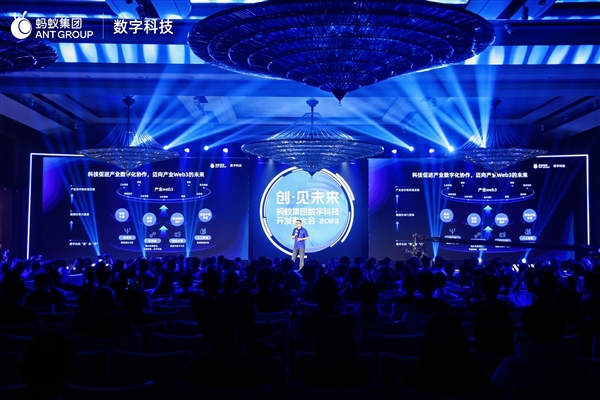
Imagine a financial world where regulations meant to protect traders suddenly vanish, leaving both opportunity and uncertainty in their wake. That鈥檚 the reality many market participants faced when the Trading Practices Act was removed. This change sent ripples through traditional finance and the emerging world of Web3, reshaping how investors approach stocks, forex, crypto, commodities, and beyond.
The Trading Practices Act, once designed to regulate trading behaviors, limit manipulative strategies, and enforce transparency, had its proponents and critics. Over time, industry voices argued that the Act stifled innovation, slowed market efficiency, and created unnecessary barriers for small traders entering global markets. Its removal wasn鈥檛 just bureaucratic鈥攊t was a signal that the market was moving toward flexibility and adaptability.
Without the Act, traders now experience fewer restrictions, allowing for faster execution, more experimental strategies, and broader access to diverse asset classes. This freedom comes with responsibility: understanding market mechanics, leveraging technology, and managing risk have never been more crucial.
The modern trader can explore a variety of assets:
Modern trading isn鈥檛 just about having capital鈥攊t鈥檚 about leveraging tools. Charting software, AI-driven sentiment analysis, and automated trading bots allow traders to make smarter, data-informed decisions. For instance, AI can detect subtle patterns in forex or crypto markets that human eyes might miss, while decentralized platforms ensure faster execution and lower fees compared to traditional brokers.
Risk management is critical in this new era. Leveraged trades can magnify gains but also losses, so using stop-loss orders, monitoring volatility, and employing portfolio diversification are practical strategies every trader should consider.
Web3 opens doors that the old Trading Practices Act might have constrained. DeFi protocols enable instant lending, borrowing, and yield farming across borders without intermediaries. Smart contracts automate transactions and enforce transparency, reducing human error and counterparty risk. However, decentralization brings its own challenges: security vulnerabilities, market volatility, and the need for technical literacy are all realities traders must navigate.
The removal of restrictive trading laws accelerated innovation. Traders can now explore AI-driven portfolio optimization, decentralized exchanges, and cross-chain arbitrage opportunities. Imagine combining predictive analytics with smart contract automation鈥攖rading that operates with precision, speed, and minimal friction.
The future of trading is intertwined with technology. Smart contracts are enabling conditional trades with unprecedented reliability, AI is offering real-time market intelligence, and cross-asset platforms provide seamless access to stocks, crypto, forex, and commodities. Traders who embrace these tools are better positioned to capitalize on opportunities while managing risk.
The slogan for this era might be: 鈥淔reedom to Trade, Power to Innovate.鈥?It captures the essence of why the Trading Practices Act was removed鈥攇iving traders the flexibility to navigate global markets creatively and strategically.
In a world where markets are increasingly interconnected, understanding how regulatory shifts impact strategy is crucial. By combining technology, risk awareness, and diversified assets, traders can thrive in this post-Act environment, exploring the future of decentralized finance while respecting the inherent risks of leverage and volatility.
The removal of the Trading Practices Act isn鈥檛 a step backward鈥攊t鈥檚 an invitation to the next frontier of trading. Whether it鈥檚 forex, crypto, or equities, the opportunity is there for those ready to adapt, innovate, and trade smarter than ever.
If you want, I can also create an enhanced version with integrated mini-case examples and visual data cues showing performance across asset classes in this new regulatory landscape鈥攊t would make it even more engaging for readers. Do you want me to do that?
Your All in One Trading APP PFD